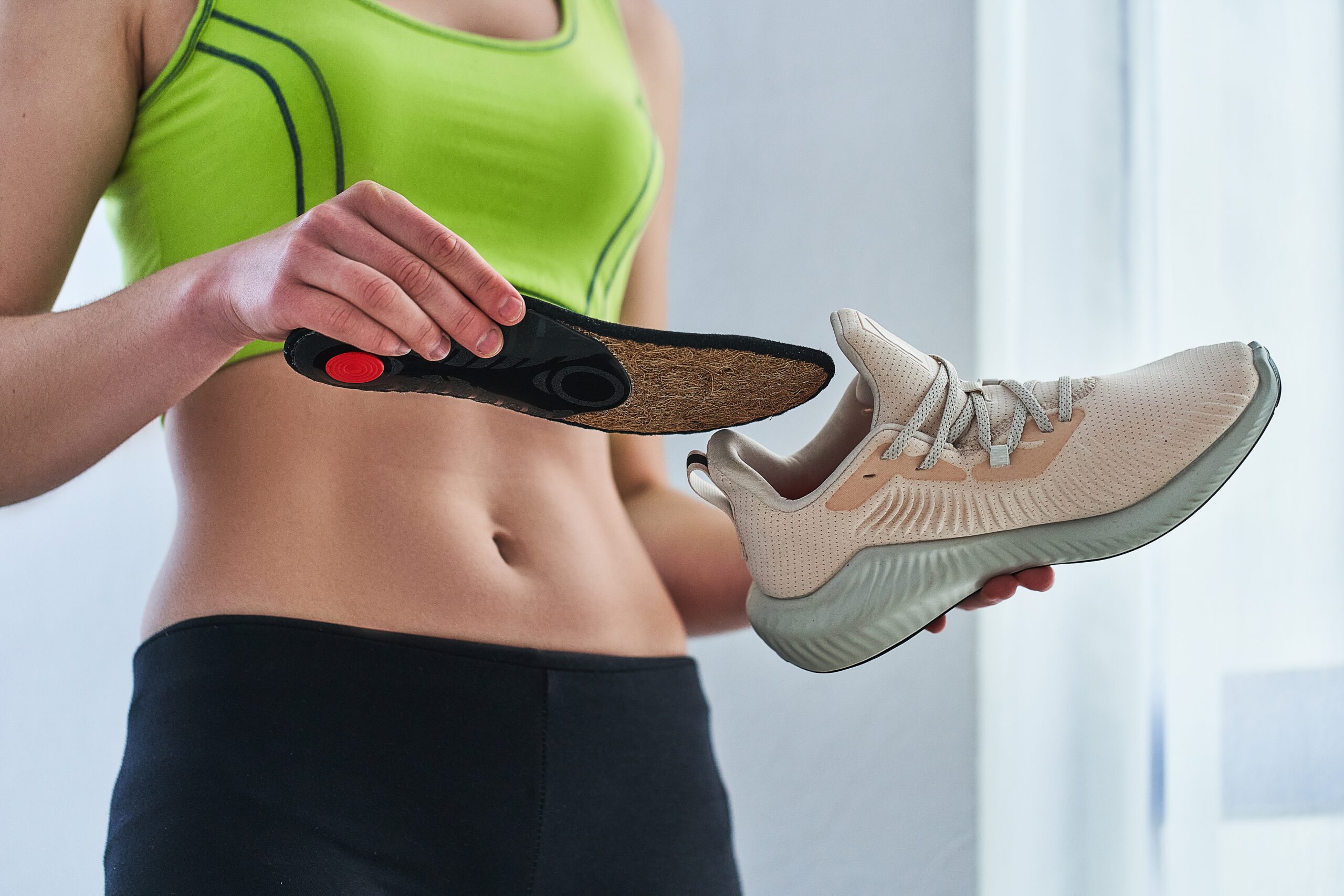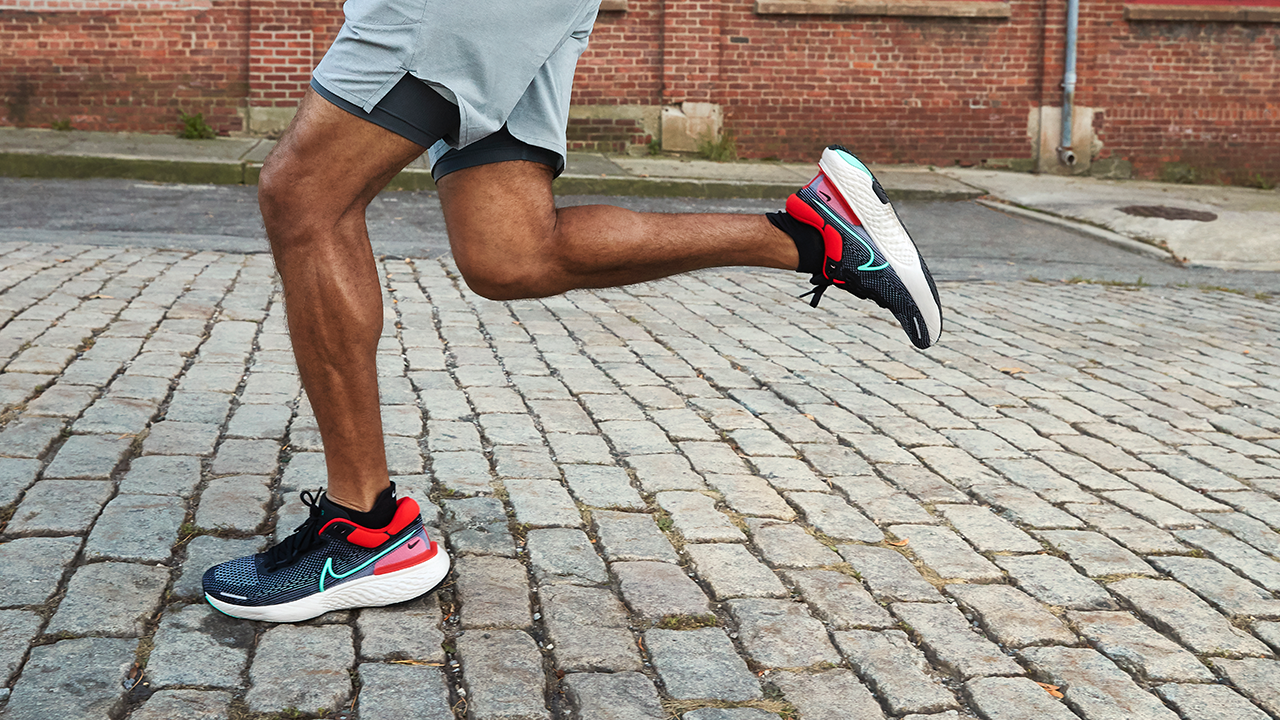Are you looking for a sandal designed to give you the best possible support and comfort if you suffer from supination? Look no further! In this blog post, we’ll provide an expert guide to the anatomy of a sandal that is specifically designed for supination. We’ll cover what to look for when choosing a Sandals for Supination, as well as which features you should consider to ensure you get the best possible fit. So if you’re in the market for a sandal that can provide the perfect level of support and comfort for your feet, then this is the guide for you!
Understanding Supination and its Impact on Feet
Supination, also known as under pronation, is a common foot condition where the weight is distributed more toward the outside edge of the foot when walking or running. This can lead to various foot problems and discomfort. The impact of supination on the feet can be significant, causing issues such as ankle instability, shin splints, plantar fasciitis, and even stress fractures.
Supination affects the natural alignment and movement of the feet, which can put a strain on the muscles, ligaments, and tendons. It can also result in reduced shock absorption, leading to increased pressure on certain areas of the foot.
Understanding supination and its impact on your feet is crucial when choosing a sandal designed for supination support. By selecting the right sandal, you can alleviate the discomfort associated with this condition and promote proper foot alignment and support. So let’s dive into the key features to look for in a sandal specifically designed for supination.
 What to Look for in a Sandal for Supination Support
What to Look for in a Sandal for Supination Support
When searching for a sandal that provides optimal support for supination, there are a few key features to consider. First and foremost, look for a sandal with excellent arch support. This is crucial for maintaining proper alignment and reducing strain on the foot muscles and ligaments. Additionally, cushioning is essential to absorb shock and alleviate pressure on specific areas of the foot. Consider the materials used in the sandal, such as EVA or foam, as they can affect the level of cushioning. Another important factor to consider is traction and grip. Look for a sandal with a durable and non-slip sole to ensure stability and prevent slips and falls. Additionally, straps play a significant role in supination support, so opt for a sandal with adjustable and secure straps to provide stability and prevent foot rolling.
The Arch Support Factor
The arch support factor is a crucial consideration when choosing a sandal for supination support. A well-designed sandal should have excellent arch support to promote proper alignment and reduce strain on the foot muscles and ligaments. Look for a sandal that features a contoured footbed or a built-in arch support system to provide maximum support to your arches. This will help distribute your weight more evenly and alleviate the discomfort associated with supination.
The arch support should be firm enough to provide stability, but not so rigid that it causes discomfort. When trying on sandals, pay close attention to how the arch support feels and make sure it fits comfortably under your arches. With the right arch support, you’ll be able to walk or run with confidence, knowing that your feet are properly supported.
Cushioning Matters – EVA vs. Foam
When it comes to finding the perfect sandal for supination support, cushioning is a crucial factor to consider. Cushioning helps absorb shock and provides comfort, making your walking or running experience much more enjoyable. Two common cushioning materials you’ll come across are EVA (ethylene-vinyl acetate) and foam.
EVA is a lightweight and flexible material commonly used in athletic footwear. It offers excellent cushioning, shock absorption, and durability. The softness of EVA provides a plush feel, which can be incredibly comfortable for those with supination. On the other hand, foam cushioning, such as memory foam or polyurethane foam, offers a more personalized and responsive feel. It molds to the contours of your foot, providing targeted support and comfort.
When choosing between EVA and foam, it ultimately comes down to personal preference. If you prioritize lightweight and flexible cushioning, EVA may be the better option for you. However, if you prefer a more custom-fit and responsive feel, foam cushioning might be the way to go.
Traction and Grip Features
When it comes to choosing a sandal for supination support, traction and grip are crucial factors to consider. You want a sandal that provides stability and prevents slips and falls, especially if you’re walking or running on uneven terrain. Look for a sandal with a durable and non-slip sole that offers excellent traction. A sole made from rubber or similar high-grip material will give you the confidence to navigate various surfaces with ease.
In addition to the sole, consider the tread pattern of the sandal. Deep and multidirectional grooves provide better grip and traction, ensuring that your feet stay securely planted with each step. This is particularly important if you participate in outdoor activities or prefer sandals with an open-toe design.
By selecting a sandal with excellent traction and grip features, you’ll have the peace of mind knowing that your feet will stay firmly on the ground, even if you tend to supinate. So make sure to pay attention to these features when choosing your perfect pair of supination-friendly sandals.
Straps and Their Role in Supination Support
When it comes to choosing a sandal for supination support, the role of straps cannot be overstated. Straps play a significant role in providing stability and preventing foot rolling, which is crucial for those with supination issues. Look for sandals with adjustable and secure straps that allow you to customize the fit to your liking. These straps should comfortably hold your feet in place and prevent any unnecessary movement.
Additionally, straps can help distribute pressure evenly across your feet, reducing strain on certain areas. Opt for sandals with straps that are strategically placed to provide support and prevent excessive pronation or supination. By choosing a sandal with well-designed and functional straps, you can enhance the support and comfort provided to your feet, allowing you to walk or run with confidence. So make sure to pay attention to the straps and their role when selecting your perfect pair of supination-friendly sandals.
Best Materials for Sandals for Supination
When it comes to choosing a sandal that is designed for supination support, the materials used play a crucial role in providing optimal comfort and functionality. You’ll want to look for materials that are both durable and flexible to accommodate the specific needs of your feet.
One of the best materials for Sandals for Supination is leather. Leather offers a combination of durability, breathability, and flexibility, making it an excellent choice for those with supination issues. It conforms to the shape of your feet, providing a personalized fit that promotes proper alignment and reduces strain.
Another great material for supination-friendly sandals is mesh. Mesh is lightweight, breathable, and offers excellent ventilation, making it perfect for warmer climates or activities that involve a lot of movement. It allows air to circulate, preventing sweat and moisture build-up, which can contribute to discomfort and foot odor.
Bonus Tips for Choosing and Wearing Sandals with Supination Issues
When it comes to choosing and wearing sandals with supination issues, there are a few bonus tips to keep in mind. First and foremost, it’s essential to properly measure your feet before purchasing sandals. This will ensure you get the right size and fit, which is crucial for providing the support and comfort you need. Additionally, consider opting for sandals with adjustable straps, as they allow you to Cthe fit to your liking and provide extra stability.
Another helpful tip is to gradually break in your new sandals, especially if they have a firm foot bed or arch support. This will allow your feet to adjust to the new support and prevent any discomfort. Lastly, consider rotating your sandals with other supportive shoes to avoid overusing one particular pair. By following these bonus tips, you can ensure that your sandals provide optimal support and alleviate the discomfort associated with supination.
FAQs
Are you still unsure about choosing the perfect sandal for supination support? Don’t worry, we’ve got you covered with some frequently asked questions to address your concerns!
Q: Can wearing sandals worsen my supination?
A: It depends on the sandal. While some sandals may not provide adequate support for supination, there are many options specifically designed to address this issue. Look for sandals with arch support, cushioning, and secure straps to ensure proper alignment and stability.
Q: Can I wear supination-friendly sandals for everyday activities?
A: Absolutely! Supination-friendly sandals are designed to provide support and comfort throughout the day. They can be worn for various activities such as walking, running, or even casual outings.
Q: Can I use orthotics with supination-friendly sandals?
A: In most cases, yes. Many supination-friendly sandals have removable footbeds, allowing you to replace them with your custom orthotics if needed. Be sure to check the specific sandal’s compatibility with orthotics before purchasing.
Conclusion
In conclusion, finding the perfect sandal for supination support doesn’t have to be a daunting task. By understanding the impact of supination on your feet and knowing what to look for in a sandal, you can find the right pair that offers optimal support and comfort. Remember to prioritize arch support, cushioning, traction, and secure straps when making your selection.
| Other Good Articles to Read |
| skank blogs |
| unreal blogs |
| tba blogs |
| all city forums |
| dany blogs |
| the music blogs |
| key forums |
| the big blog theory |
| joe blogs |
| blogs 4 me |
| Blogs Emon |



